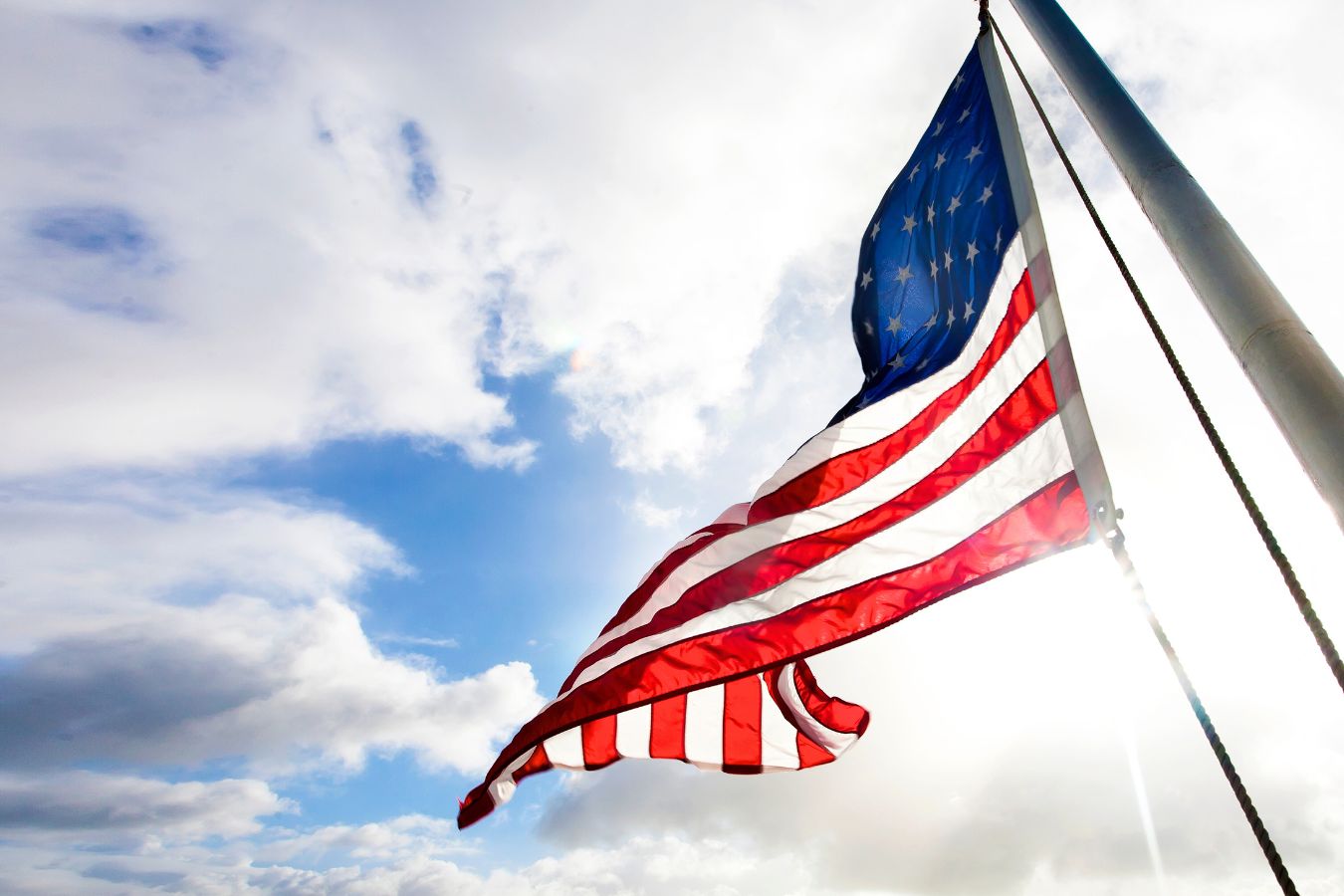Amid the debate on American education’s future, the Montessori method emerges as a revolutionary yet underutilized path. Created by Dr. Maria Montessori, this approach promotes independence, hands-on learning, and adapts to each child’s developmental pace. Despite its global success, the Montessori system faces significant hurdles in the U.S., challenged by historical skepticism, financial burdens, and cultural differences.
1. Historical Context and Systemic Inertia
The Montessori method’s journey into the U.S. during the 1910s sparked initial excitement, quickly dampened by the era’s upheavals and a growing preference for standardized education. The American education system’s focus on uniformity and efficiency starkly contrasts with Montessori’s individualized, child-centered ethos, leading to a protracted struggle for its acceptance. This clash between old and new educational philosophies highlights a century-long resistance to adopting Montessori principles widely. The persistence of this resistance underscores a deeper systemic reluctance to embrace educational models that deviate from the norm, perpetuating a cycle of skepticism and underutilization of Montessori’s methodologies.
2. Financial and Resource Constraints
Implementing Montessori education requires significant financial outlay and logistical planning, from specialized materials to small class sizes and extensively trained teachers. These requirements often exceed the budgetary capabilities of public school districts, making the Montessori method a challenging proposition.
The U.S. public education’s financial model, with its constraints on teacher-student ratios and personalized learning resources, further complicates the adoption of this innovative approach. The disparity between the ideal conditions for Montessori education and the reality of public school funding creates a gap that is difficult to bridge, limiting opportunities for widespread adoption and perpetuating the divide between traditional and Montessori educational models.
3. Cultural and Philosophical Differences
Central to Montessori education is the belief in children’s inherent curiosity and ability for self-guided learning, a philosophy at odds with the U.S.’s standard educational framework, which often prioritizes standardized testing and a one-size-fits-all curriculum. This philosophical misalignment contributes to skepticism and reluctance among educators, policymakers, and parents accustomed to traditional educational outcomes.
The clash of philosophies not only underscores the challenges of integrating Montessori principles into mainstream education but also reflects broader cultural debates about the purpose and priorities of education in society, further complicating the path to wider acceptance.
4. Lack of Awareness and Misconceptions
Despite being around for over a century, the Montessori method is plagued by misconceptions and a lack of awareness. Perceived as an exclusive or alternative educational route, it remains distant from the mainstream, with many educators and parents holding erroneous views about its principles and efficacy. This perception barrier is a significant obstacle to Montessori’s broader acceptance and integration into public education systems.
The perpetuation of these misconceptions not only hinders the growth of Montessori education but also deprives many students of the benefits of a more personalized and engaging learning experience, reinforcing the status quo rather than fostering innovation in educational practices.
5. Resistance to Change and Retraining Challenges
Transitioning to Montessori education represents a paradigm shift for institutions rooted in traditional pedagogies, necessitating extensive retraining and adaptation. The entrenched resistance from educators familiar with conventional methods, combined with the logistical hurdles of implementing a fundamentally different approach, poses a formidable challenge to embracing Montessori principles. This resistance is not merely a reflection of individual reluctance but is emblematic of a broader systemic inertia that values tradition over innovation.
Overcoming this barrier requires not just logistical solutions but also a cultural shift within the educational community, fostering openness to new methodologies that diverge from the norm. Additionally, the complexity of retraining educators, who must unlearn years of ingrained practices and adopt an entirely new educational philosophy, underscores the depth of the challenge. This retraining process is not just about acquiring new skills but also about shifting mindsets, a task that demands time, resources, and sustained commitment from all levels of the educational system.
Strategies to Overcome Educational Hurdles
Despite these barriers, Montessori education is slowly carving a niche within the American educational landscape, with private schools thriving and a number of public and charter schools integrating Montessori elements into their curricula. This emerging trend underscores a growing appreciation for child-centered, holistic education, yet the path to widespread adoption is fraught with obstacles.
To truly bridge the educational divide, a collective effort from stakeholders is essential. Boosting public understanding of Montessori’s benefits, coupled with financial strategies to ease the transition, could spearhead a broader acceptance of this transformative educational model. Moreover, rethinking teacher training to incorporate Montessori methods could address retraining challenges, enriching educators’ toolkit and potentially revolutionizing American education.
Additionally, creating partnerships between existing Montessori institutions and public schools could serve as a practical strategy for overcoming barriers to adoption. These partnerships could offer mentorship, resource sharing, and hands-on workshops that demystify the Montessori approach for public educators, facilitating a smoother integration into the mainstream education system. This collaborative approach would not only alleviate some of the financial and logistical challenges but also build a supportive community around Montessori education, encouraging ongoing dialogue and adaptation.
The Montessori Method’s Limited Reach in American Education
The road to widespread adoption of the Montessori method in the United States is fraught with challenges, from historical precedents and systemic inertia to financial constraints and cultural barriers. Yet, the potential of this child-centered educational approach to revolutionize learning and foster a generation of independent, motivated, and holistic thinkers makes the journey worthwhile. By addressing the multifaceted barriers to adoption and embracing the core principles of Montessori education, there is hope for a future where the method’s benefits are accessible to all children, regardless of their socioeconomic background or the type of school they attend.


